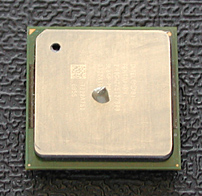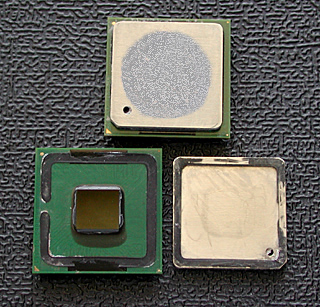jvidia
Power Member
Amigos, tenho um 920D e ele não faz bem o contacto com o bloco de WC (Cuplex XT já préviamente lapidado e polido !).
Depois de muitos testes e verificações cheguei à conclusão que o problema é que o core do cpu não é totalmente liso !!! é ligeiramente concavo para dentro no meio !
Foi fácil ver ... um pouco de massa num vidro e o cpu no meio quase não lhe toca ... o bloco fica logo colado ao vidro e com massa totalmente marcada !
Alguém tb têm este problema com um P4 9xxD ?
Depois de muitos testes e verificações cheguei à conclusão que o problema é que o core do cpu não é totalmente liso !!! é ligeiramente concavo para dentro no meio !

Foi fácil ver ... um pouco de massa num vidro e o cpu no meio quase não lhe toca ... o bloco fica logo colado ao vidro e com massa totalmente marcada !
Alguém tb têm este problema com um P4 9xxD ?
Última edição:


